
The Last Man - and lots of zombies.
Ask any horror fan for some zombie film recommendations and there are a select set of titles that will no doubt show up: "Night of the Living Dead" (1968), "Dawn of the Dead" (1978), "Return of the Living Dead" (1985), "28 Days Later" (2002), and, probably, a post-modern interpretation a la "Zombieland" (2009), or "Shaun of The Dead" (2004). And while there’s not a bad film in that list, there are many more that never make the cut but are just as worthy of checking out.
In this list, FoC (Friend of Cultpix) Biddy Bidwell will be pointing out some alternative zombie favourites available to catch on Cultpix this Easter holiday.
From low budget curiosities to European should-have-been classics, there is not a film on this list worth missing.
We will be adding one new film to the list every day, so be sure t check back. We start with the grand-daddy of all zombie films.
“Zombies. The living dead!”
.webp?auto=compress&fm=webp&lossless=true)
Whiter than whie. White Zombie (1932)
Let’s kick things off with the film commonly cited as the very first zombie picture. This 1932 Lugosi vehicle directed by Victor Halperin is a spiritual, Voodoo-infused slice of pre-Code terror. Charles Beaumont, a rich and lonely bachelor, turns to local Magickian Murder Legendre for the chance to marry Madeline Short, fiancée and lover of Neil Parker. However, Legendre informs Beaumont that to lure Madeline Short into this relationship, she must first be reanimated!
Beautiful and inventive, White Zombie is draped in images of colonial control and abuse across the African continent, however Halperin seems just as interested in how these same men play games with passive women. Murder Legendre, our master of the undead, is the cast-iron figure of colonial control and Lugosi channels, in his hypnotic confidence, a power that feels unimpeachable.
Aside from Lugosi, however, a lot of the more unsettling stuff in here stems from the uncanny situated in the all-consuming grief of a widow (played by the excellent John Harron) seeing his wife at the bottom of glasses, in folded curtains, and yet no longer in her grave. The others come from a melancholic and romantic Beaumont (Robert Frazer) realising that death really is the end and that it is the soul not the body that is so compelling.
Ugly, unkind, and genuinely tragic, this is far more uncomfortable than a great deal of other pre-60’s horror and is an early example of the profound reaches of re-animated flesh.
“Welcome to Immortal Hills Cemetery.”
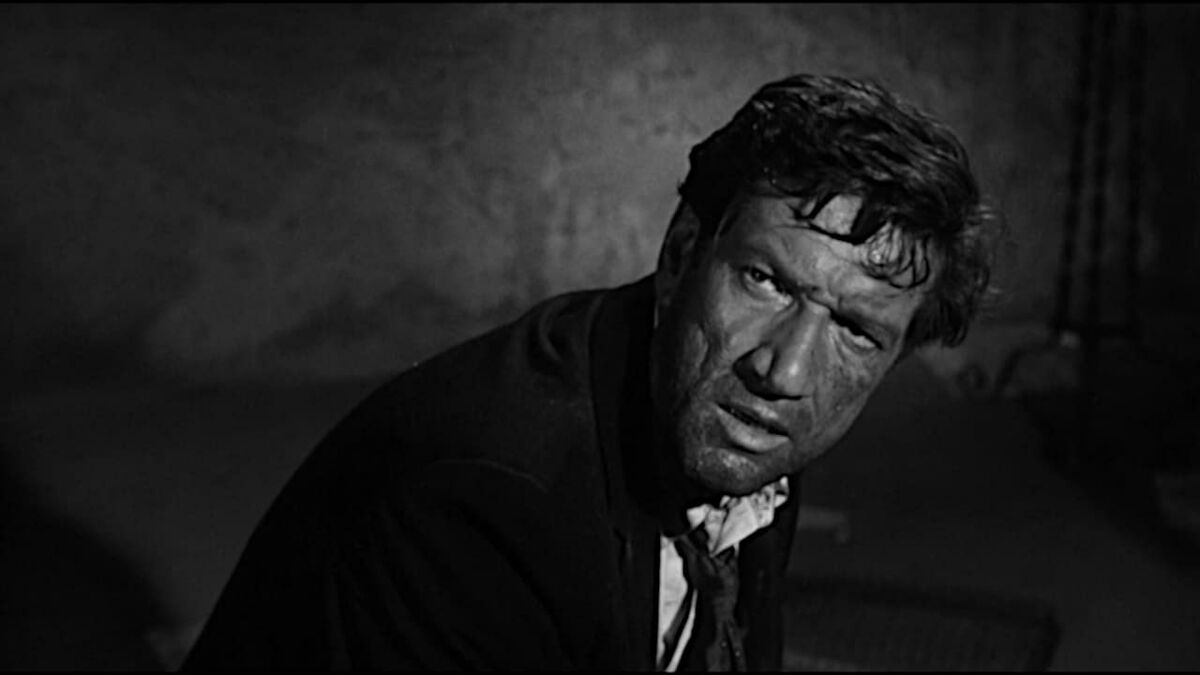
Continuing the psychological torment of White Zombie, I Bury the Living is an effective and evocative narrative of emotional instability in the face of paranormal horror. When cemetery chairman Robert Kraft (Richard Boone) begins to notice a connection between a series of no-cause deaths and a map of plots in the graveyard, he starts to worry he has become a God-like figure capable of giving and taking life with just a single notation on his board.
This turn from Richard Boone as a figure forced into his role by family tradition and now terrified, he may have an otherworldly power is the real selling point of this film. Whether he is romancing a prospective fiancée (one-off actress Peggy Maurer shines here), or convincing law officials that he really is responsible for the sudden upturn in morbidities, Boone looks lost. There is a genuine tragedy behind the undead rising, a guilt that swallows up and consumes our protagonist and that eats away at us, the audience.
Director Albert Band, who would go on to establish himself as a b-movie auteur, brings this story to life with the shadowy, spookiness that befits a story equal parts wrong-guy noir and gothic tragedy. The cemetery itself feels never-ending and vast, a location that cannot be conquered by any mere mortal. Here, between the gravestones and the empty holes, exists the very barrier between life and death, the fine line between conscious and the beyond. Reminiscent of Cemetery Man (1994) but with an interest not in the romantic but in the chilling.
“They look doped out or dead or something.”
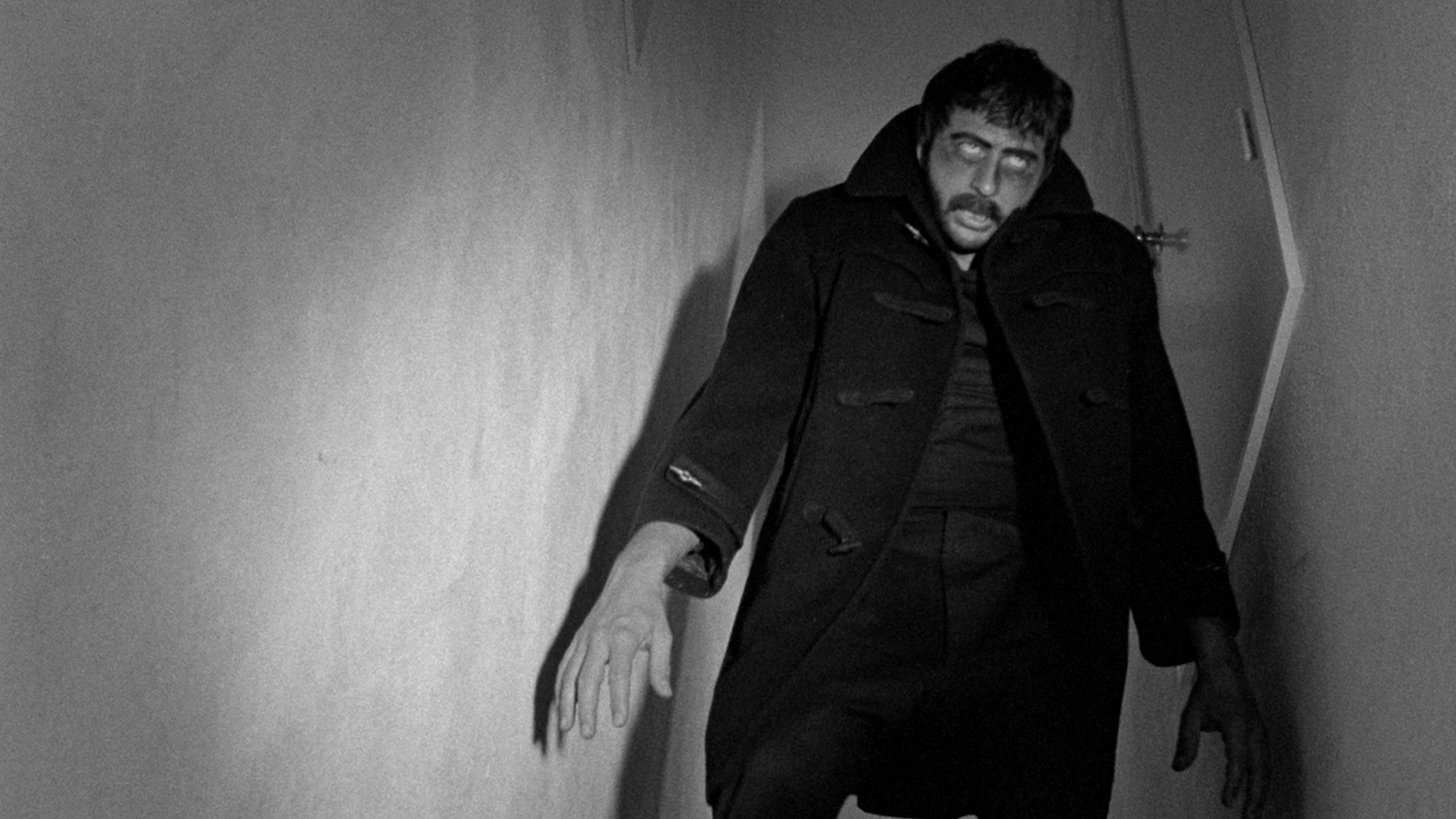
Teenagers With Brains? No, Teenage Zombies!
And we hit our first quasi-zombie release! Low-budget maestro Jerry Warren offers up mind control, intelligent apes, and teenage melodrama, but fails to deliver anything close to the revived corpses modern audiences expect when they hear the word ‘zombie.’ Instead, the titular zombies are brain-washed guinea pigs at the whim of Katherine Victor’s exuberant mad scientist.
Warren injects this tale of abject slaves and crazed scientists with the anti-Russian motif that was pushed into a great deal of fifties American cinema. The only scientific explanation anyone can produce for the mind control potions produced in this remote island lab is that it is “from the East”. Will our teenage gang of All-American, law-abiding, soft-drink guzzling, water-sports enthusiasts save the world from certain doom? You can probably guess the answer.
Dreadfully acted, poorly written, and teeming with cliché, Teenage Zombies is worth watching for Katherine Victor’s Femme Fatale turn and the incomprehensible nuclear politics that suggest mass mind control is preferable to an atomic apocalypse.
Dr. Moreau eat your heart out.
“Welcome to the end.”
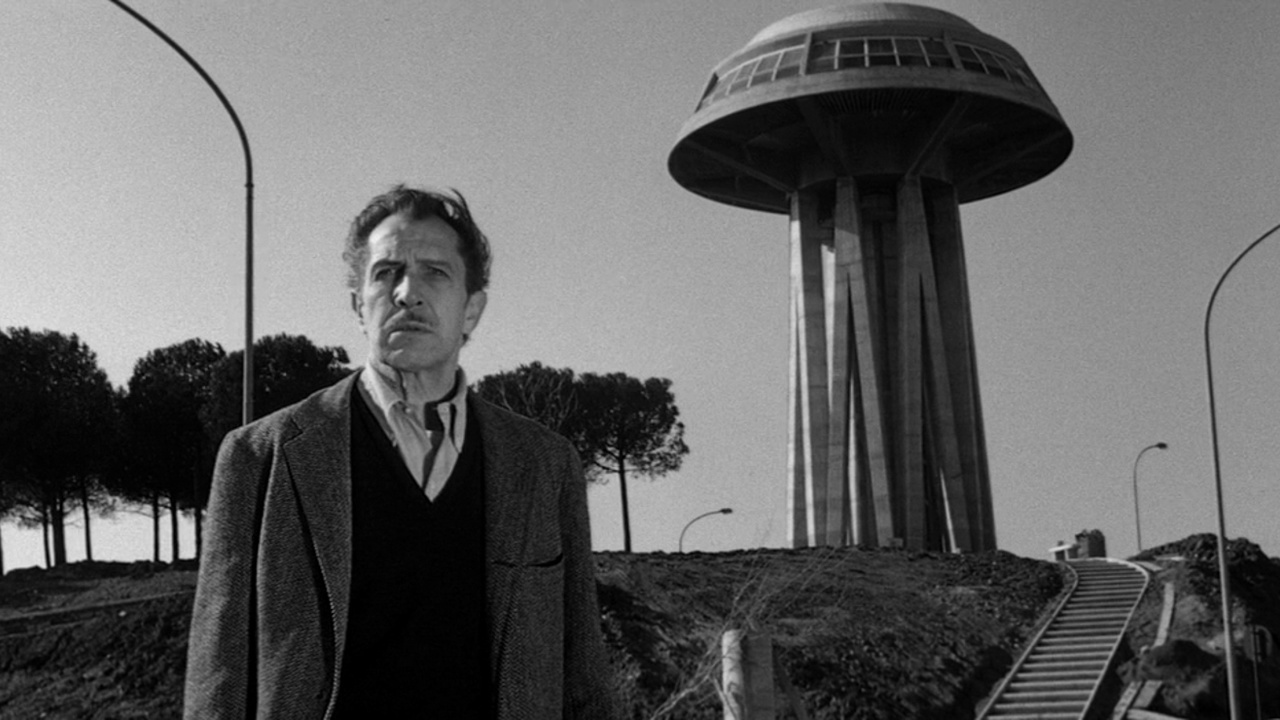
Vincent Price is all alone.
A tragic, melancholic reflection of zombiefication that takes from Richard Matheson’s original text and adds the dormant darkness of Vincent Price. Based on Matheson’s I Am Legend, Price plays a scientist trapped in an isolated monotony, dispatching vampire-zombies daily and doing his best to somehow find an end to the madness.
The chills here are not necessarily scares in any recognisable sense, more a steady building of stillness and sadness that culminates in, subtly made-up but nonetheless effective, undead relations knocking at your door. I’m not ashamed to admit that this works either, I was genuinely ill at ease for a great deal of this film. Price is incredible as a rational figure trapped in the solitary chaos of an apocalypse, like a lone figure of humanity in a vast desert of emptiness.
The zombies themselves are impeccable, particularly for the time of the film. Rather than cannibalistic killers with no discernible humanity, these re-animations are lost souls, hunting desperately for humans and, in many ways, they are reflections of ourselves.
“Now I’m certain that subversive elements have in their possession some secrets.”
 3.jpg?auto=compress&fm=webp&lossless=true)
Flesh for Zombie fantasy - "The Astro Zombies" (1968)
Astro-Zombies is part Re-Animator (1985), part Communion (1989), and all insanity. The film follows a disgraced scientist in his ham-fisted and absurd plan to create a super-being from undead body parts, all while avoiding federal officers and low-rent goons. That’s pretty much what passes for plot here. All the same, the film is a fascinating snapshot of American paranoia and conspiracy. Just as later zombie films posit the undead as social ills created in human failing, these pre-Dawn films create zombies that are ‘other’, mainly in that they are the product of foreign experimentation. Re-animation is the new atomic detonation.
Director Ted V. Mikels, a true b-movie prince, brings to this stuffy sci-fi a sense of rhythm that permeates everything from the music to the off-kilter performances of the excellent cast, including typically tremendous turns from Tura Satana, and David Carradine. Unlike other low-budget features in this list, Astro-Zombie could pass as a mid-range studio picture with its semi-convincing exposition dumps, mad scientist caricatures, and scantily clad actresses but the treasure buried here is the stylistic and compulsively flashy tics of Mikels. Muted colours, flash cuts, and non-diegetic heartbeats are flecked across the little more than average average screenplay on show.
Vengeance of the Zombies (1972):
A.K.A Rebellion of the Living Dead
A.K.A Invocation of the Devil
A.K.A Blood Lust of the Zombies

Euro-zombie threesome.
We return now to the voodoo, to the spiritual folk origins of zombie lore and in similar fashion to White Zombie, an occult mystic here is the one raising the dead. However, while the thirties classic plays upon the colonial fear of African Magick, star Paul Naschy and co take their magnifying glass to East-Asian philosophy in the wake of hippie death. Note how this film, though nearly forty years older, employs some horrific black face.
I am not overly familiar with León Klimovsky or his particular brand of Euro-trash but, beneath the funky soundtrack, this occult thriller is a quarter-Giallo, a quarter Hammer, a quarter sleazy femme fatale horror a la the great Jean Rollin, and complete chaos. In the Gothic homes of London, re-animated corpses (in chilling corpse makeup) chase beautiful people to their gruesome deaths.
In fact, the gore on display here, when the film momentarily drops its Gothic overtones in the name of blood, guts, and asphyxiation, brings a heaviness that, while not entirely effective, does a good enough job of saving this title from video oddity status and cements it as a European genre mash-up with a twist.
Stumbling upon gems like this is why you should always judge a film by its poster.
"Would living as a frozen zombie forever be any better than facing the pain of things coming to an end?"

This film, independently financed and bracingly amateur (complimentary), is one of the more curious video nasties banned in the U.K during the Eighties. It is hard to see, from a modern perspective, how this picture with its incomprehensible narrative, gumshoe narration, and jerky performances could ever be considered offensive enough to ban.
What Frozen Scream lacks in technical proficiency, a lot, it makes up for in sheer uncanny creepiness. The robed zombies, predating the vampires of Fascination (1979), are unsettling in their wrongness, they belong to another film and yet find their way into this suburban sleaze fest all the same. There are also some beautiful moments here, whole scenes that are legitimately well-lit and eerily effective. These scenes, despite how it may seem, are not dragged down by the general incompetence on show, if anything they are elevated by it. While the film makers may lack in ability, in their naïveté they are reaching for the stars.
There are some low-rent copies of this floating around the Internet but the Vinegar Syndrome restoration available on Cultpix is second to none.
"A woman!"
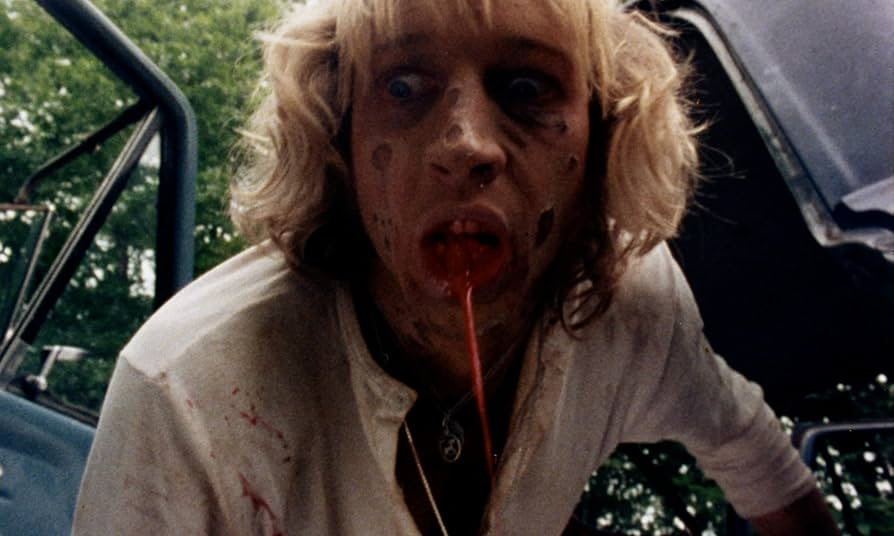
Another video nasty! This one concerning a group of pot-growers in the mountains of America, and under attack from a trigger-happy government whose pesticides cause cannibalistic side effects.
Again, it is hard to see why this film would be banned. Aside from a few moments of cheap and unconvincing gore there is very little of moral misdeed going on here. The weed element of the plot is almost non-existent, the violence is mostly off-screen, and the nudity roughly equals that of a nudist camp film from the Fifties. It seems even a light bit of cannibalism was shocking in the Eighties!
The film is most compelling as a riff on The Treasure of the Sierra Madre (1948) played out by a group of friends in the woods. As a zombie film however, Bloodeaters lacks in gratuitous violence, and even undead animation (the zombies are diseased hippies not living dead), but is full of low-budget charm and passion. The makeup may be unsophisticated, but it is acceptable, and the bright red porridge-thick blood looks absolutely gorgeous on this impressively restored print.
A.K.A Dr. Butcher M.D
“I should kill you now, but I'm determined to have your brain!”
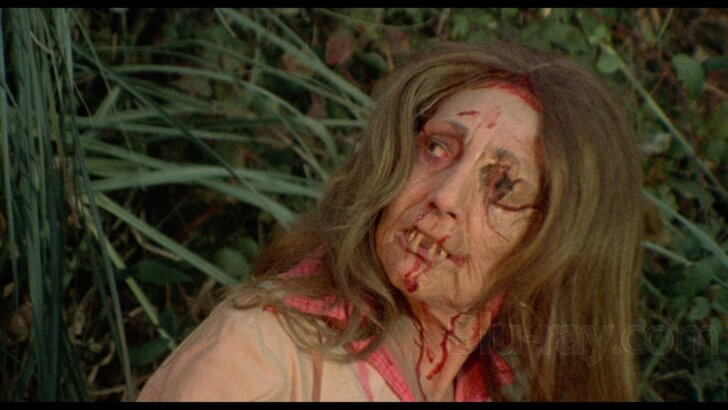
Essentially a remake (I would say reimagining, but this is far from inventive with its theft) of Cannibal Holocaust (1980) with the inclusion of Fulci’s Zombi 2 (1979) as an extra treat. Now, I cannot abide Cannibal Holocaust, I’ve seen it twice and find it little more than racist, ugly, and flat, however there are far worse filmmakers to ape than Ruggero Deodato and Lucio Fulci. As a result, this is a sweeping eyesore of a film, turning both the city and the jungle into immense spaces to get lost in. As a narrative, it is a flitty story about cannibals, zombies, and medical students investigating a recent spate of corpse dismemberment at their hospital. It’s a pretty routine story and it is pulled off with all the ham-fisted thematic and narrative exposition you’d expect from this genre.
But then there is the gore! This is why you should seek out this film. Really. It takes splatter to the realms of sculpture. Hands are hacked off, eyes are gouged in, scalps are thrown around willy nilly, and every surface is stained with desecrated corpses. This is a gloopy, gushy, splatty, sloshy little gem with stuff that borders that very line between cheesy and upsetting, the line where b-movie terror finds its home!
I can’t endorse this without comment or clarification, but I absolutely can recommend that you seek this film out and get lost in the beautiful soundtrack and disquieting violence of a true Italian patchwork.